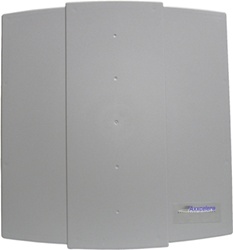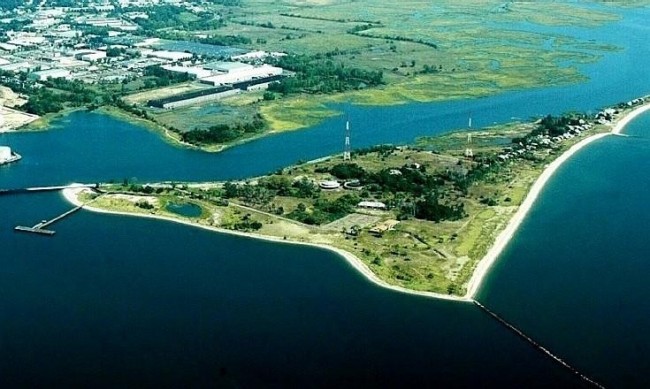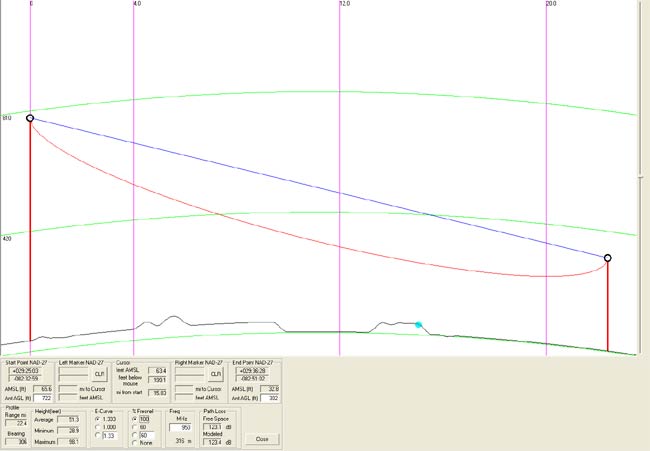Right after Tropical Storm Irene, it was noted that the STL signal strength at the WHUD transmitter site was low. Normally it was 300+ µV, but now reading around 100 µV, which is a problem. Upon further investigation, it was revealed that the STL transmitter on the intermediate hop had higher than normal reflected power.
Time to call the tower crew.
The STL transmit antenna for WHUD’s STL (WPOU464) hop is a Scala Paraflector (PR-950), mounted at the 280-foot level on this tower:
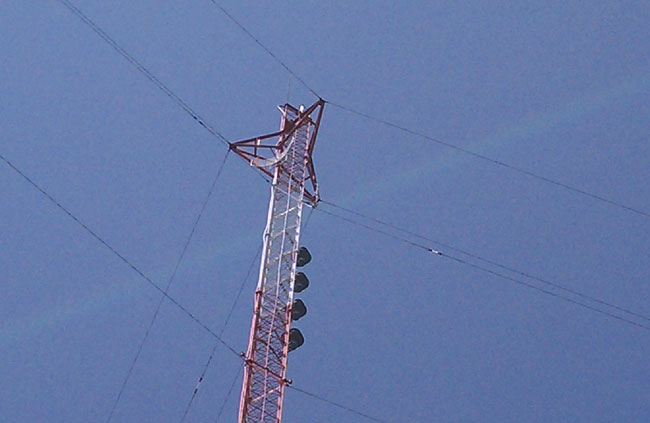
The fact that it happened after a major storm and the transmitter was showing higher than normal reflected power indicates a problem with either the antenna or the jumper between the 7/8″ Cablewave coax and the N connector on the antenna. A measurement with a spectrum analyzer shows very high return loss:
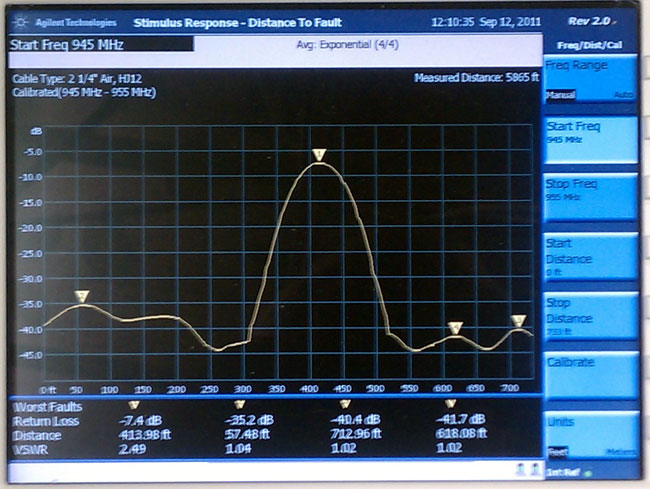
This shows the distance to fault 413 feet, with a return loss of -7.4 dB. That distance is either near or at the antenna and -7.4 dB indicates a lot of reflected power. We had the tower climber take apart the jumper connections and terminate the jumper with a known good 50-ohm load. The return loss did not change. We then had him swap out jumpers and reconnect to the antenna. That did the trick:

Much better, most of the power is now being radiated by the antenna, the VSWR is 1.02:1. The impedance bump at 51 feet is a sharp bend in the coax where it is attached to an ice bridge. Reconnecting the transmission line to the transmitter and turning it on confirms that all is normal again. The problem with the jumper was found in one of the connectors, it was full of water.
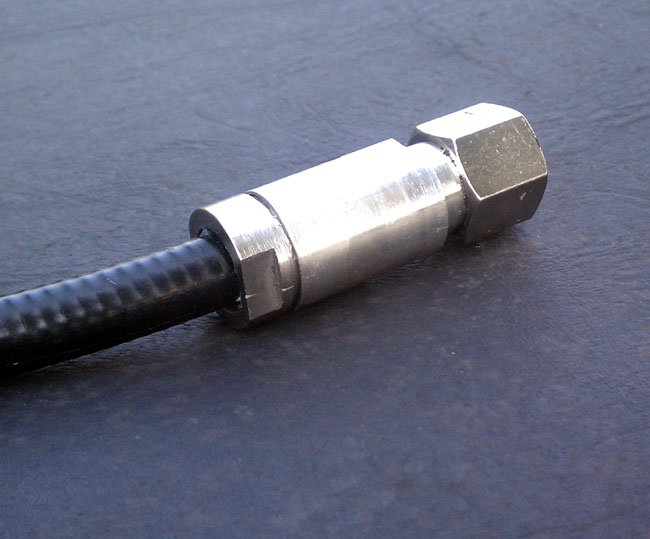
I cut away the boot, water had entered the connector from the back because waterproofing and tape was not applied all the way to the coax. This was installed in 1998 when the station moved from Peekskill to its current location in the town of Fishkill. The fact that it happened now in the nice weather when Mt. Beacon is still accessible and not in the middle of winter means the radio gods are smiling on us.

